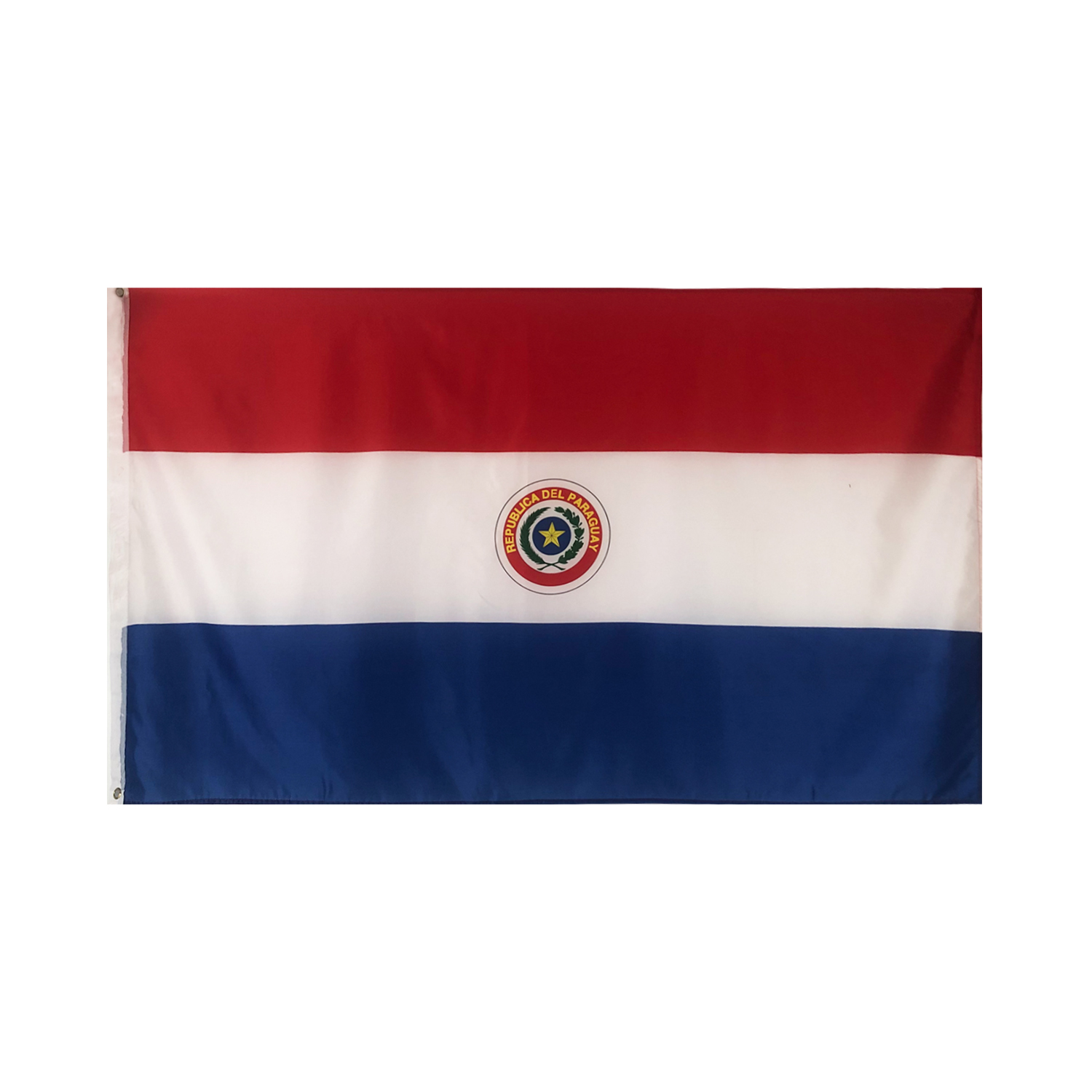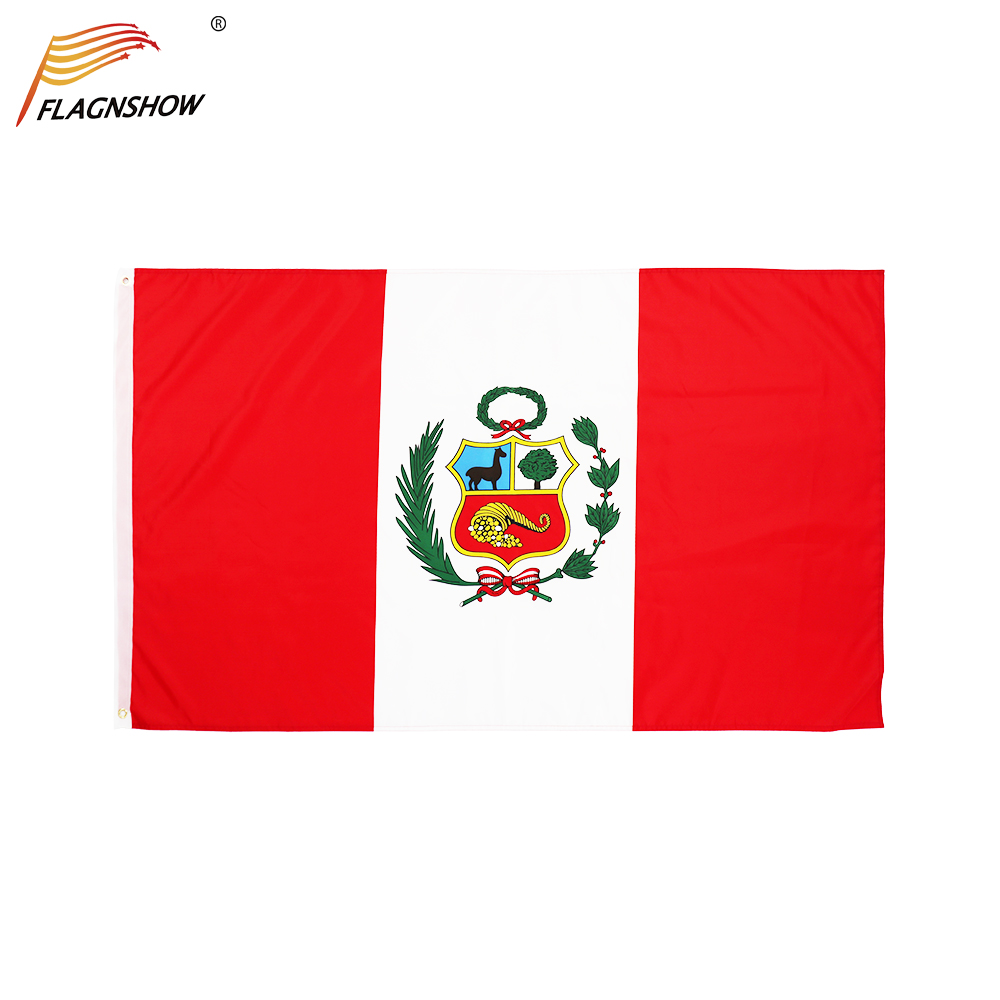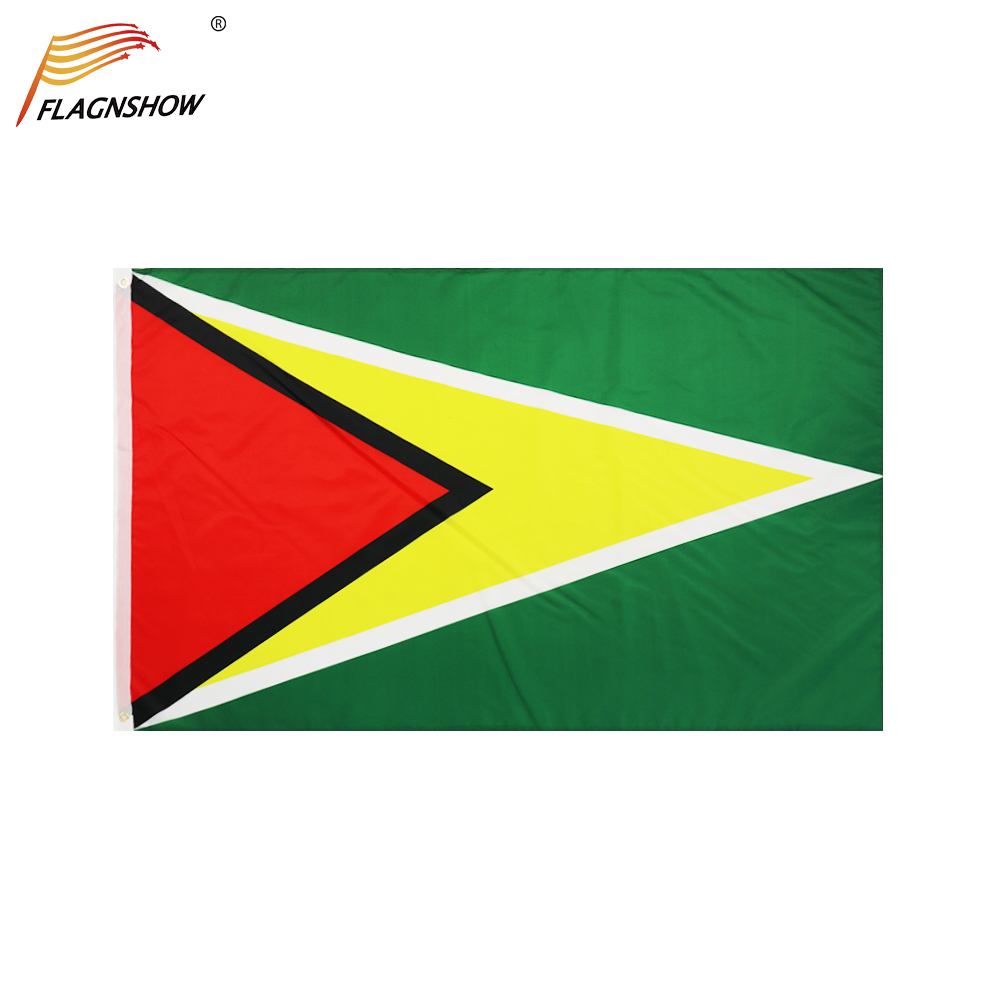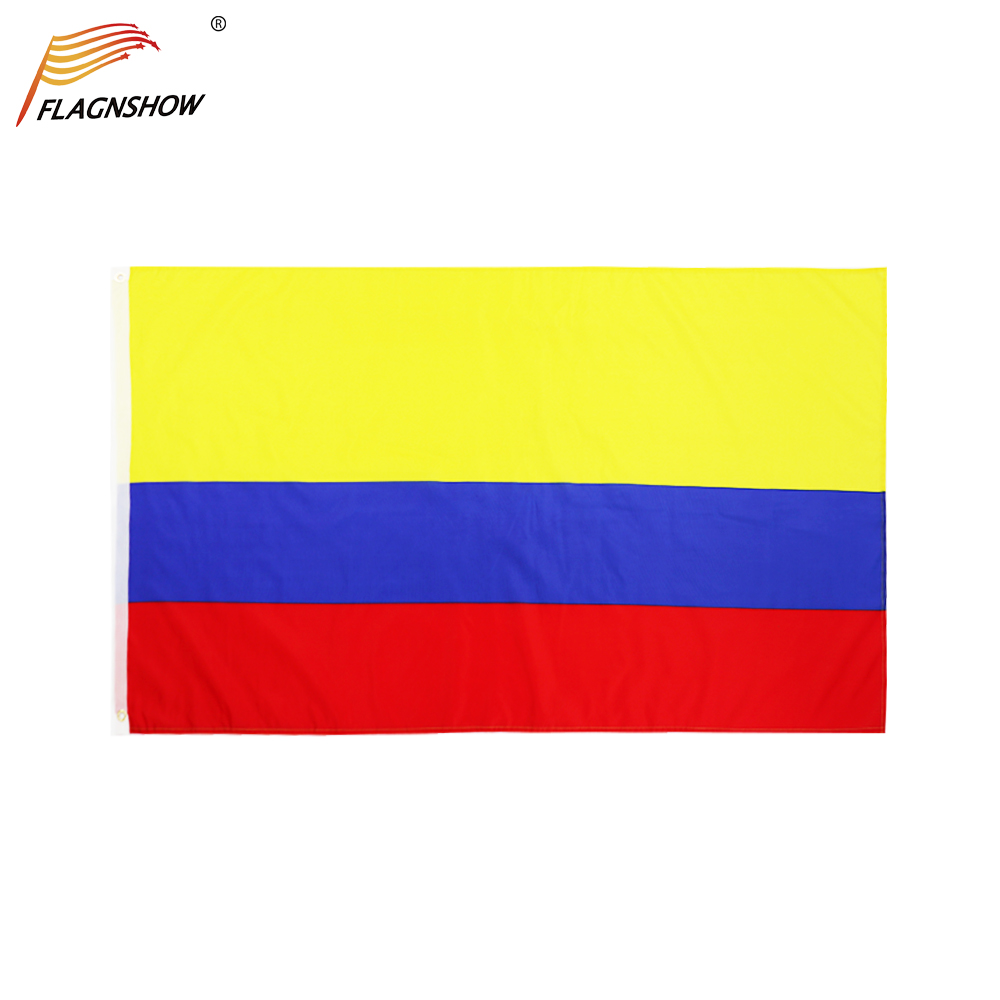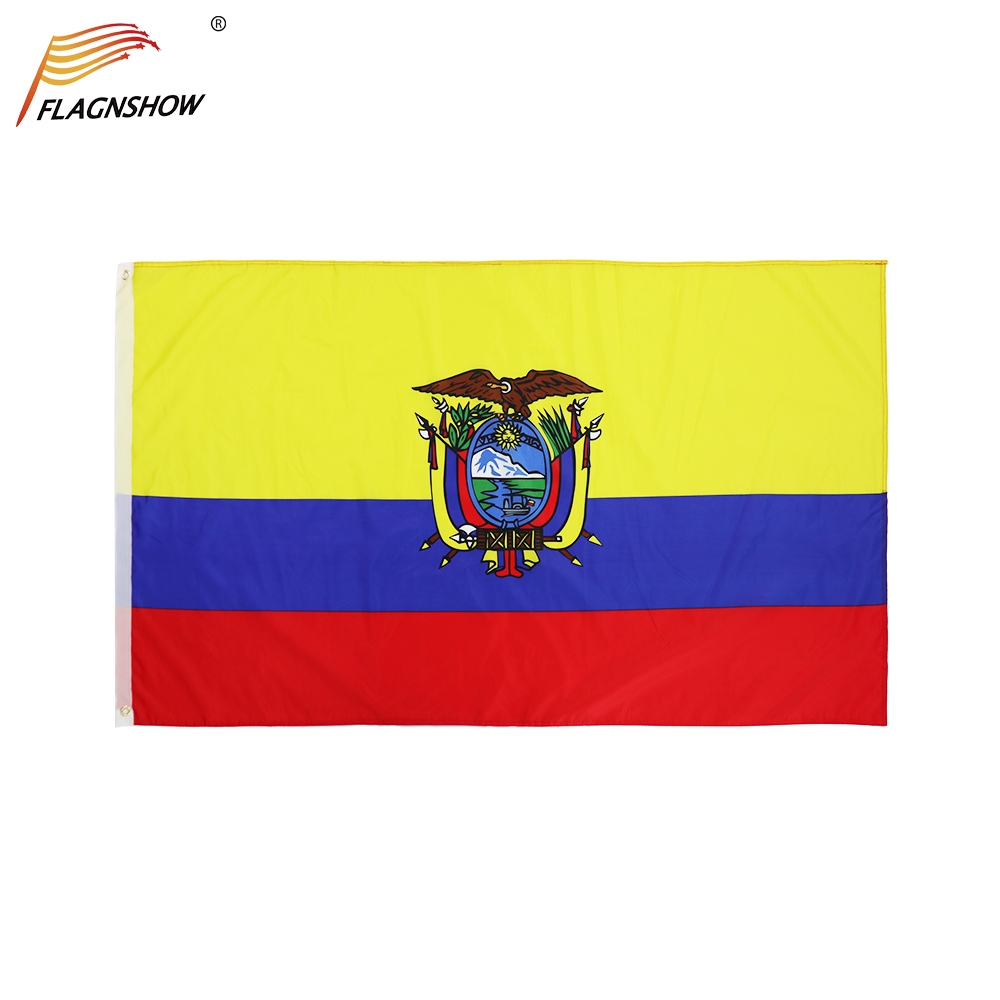South America
How many countries in South America?
South America includes 13 countries (Colombia, Venezuela, Guyana, Suriname, Ecuador, Peru, Brazil, Bolivia, Chile, Paraguay, Uruguay, Argentina) and regions (French Guiana).
I. Brazil
Brazil is located in the eastern part of South America, east of the Atlantic Ocean. Area of more than 8.5 million square kilometers. Population of more than 120 million. Brazil is the largest and most populous country in South America, ranking fifth in the world in terms of area.
Brazil consists mainly of the Amazonian Plain in the north and the Brazilian Plateau in the south. One-third of Brazil's territory is in the Amazonian plains. It is the richest area in terms of biological resources, with a hot and humid climate and extensive rainforests. South of the plains, the Brazilian Plateau slopes from southeast to northwest, with gentle undulations and an altitude of 600-900 meters. It is rich in mineral deposits, with manganese and iron reserves among the highest in the world. There are also deposits of chromium, nickel, niobium and many other minerals. It is also the only source of high-grade quartz crystal and one of the world's most important production areas for industrial diamonds. The highlands are dotted with savannas, and the southeast and northeast have become Brazil's most important agricultural areas.
Brazil is extremely rich in hydroelectric resources, and many hydroelectric power plants have been established. The Iputai hydroelectric power plant, built jointly with Paraguay on the southwestern border, is currently the largest hydroelectric power plant in the world.
Brazil is the most economically developed country in South America, the proportion of industry in the national economy, has exceeded the traditional agriculture and mining industry sector. Steel, automobile, aircraft shipbuilding and other industries are the first in South America. The southeastern coastal region concentrates 3/4 of the country's industry, is the core of Brazil's industry.
Brazil's agriculture is quite developed, and the production of coffee, sugar, cocoa and soybeans is of world importance. Among them, coffee production and exports are the world's first, with the southeast as the main production area. There is still a lot of reclaimed land in Brazil, and there is a great potential for agricultural production.
Most of the major cities in Brazil are located in the southeast coastal area. São Paulo, with a population of more than 11 million, is the largest city and industrial center in the country, concentrating about half of the country's industrial output, with a variety of industries such as large-scale steel and oil refineries, and is the country's economic center and transportation hub, as well as the largest city in South America.
The capital, Brasilia, is located inland and is a newly built city.
II. Chile
Chile is located on the Pacific coast in the western foothills of the Andes in South America. With a length of more than 4,200 kilometers from north to south and a width of only 90-400 kilometers from east to west, it is the country with the narrowest territory in the world.
The entire Chilean territory is mountainous, with the steep Andes in the east and the lower Coastal Mountains in the west. The southern part of the coastal mountain range and the sunken belt is submerged in the sea, forming many peninsulas, islands and bays, and is the most tortuous section of the South American coast. Chile is volcanic and seismic, and is part of the Pacific Rim volcanic and seismic belt.
North and South of Chile, the climate varies greatly. The north is under the control of subtropical high pressure, almost year-round rain, arid climate, plus the influence of cold ocean currents, forming the Atacama Desert; central, between 30 ° -40 ° south latitude, is the winter rain and summer dry Mediterranean-style climate, for the country's industrial and agricultural production and urban areas, the capital city of Santiago is located here; the south is located in the westerly wind belt, a lot of precipitation, low temperature, with dense temperate forests. There are dense temperate forests.
Chile has long been known for its copper and saltpeter minerals. Copper reserves and production are among the highest in the world, and exports are second only to Zambia. The mining, smelting and export of copper accounts for a quarter of Chile's gross national income, and Chile ranks first in the world in the production and export of saltpeter. The northern desert is the world's largest producer of natural saltpeter, which is used as a raw material for fertilizer and explosives.
III. Argentina
Argentina is located in the southeast of South America. The country can be divided into three regions: (1) the northwest is the Andean mountains and highlands, the climate is dry and cold, and the inhabitants are mostly engaged in livestock production. (2) The northeastern part is the La Plata Plain, formed by the alluvium of the La Plata water system. The northern half of it is part of the Gran Chaco grassland, which is located in the subtropics, with warm winters and hot summers, concentrated precipitation in summer, decreasing from east to west, and fertile land, and is the largest cotton producing area in the country. The southern part of the La Plata Plain is the Pampas Steppe, which is located in the temperate zone, with warm winters and warm summers, and has fertile black soil, and is the main agricultural area in the country. (3) To the south of 40°S is the Patagonian Plateau. Although it is located within the westerly wind belt, it is blocked by the Andes Mountains, making it difficult for the humid westerly winds from the Pacific Ocean to enter, and precipitation is scarce, making it a warm, cool, dry desert.
Argentina is known as an agricultural and pastoralist country in the world. Nearly half of the country's land is pasture, 1/3 of the cultivated land for fodder, raising hundreds of millions of livestock.
Argentina produces wheat, corn, flaxseed and other agricultural products in abundance. Beef, wool and wheat are the main export commodities.
In recent years, in addition to traditional industries such as meat processing and textiles, Argentina has built new industrial sectors such as steel, oil refining and machinery manufacturing. Buenos Aires, the capital, is the largest industrial center and port in the country.


